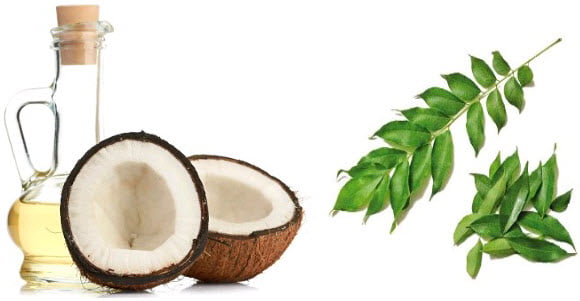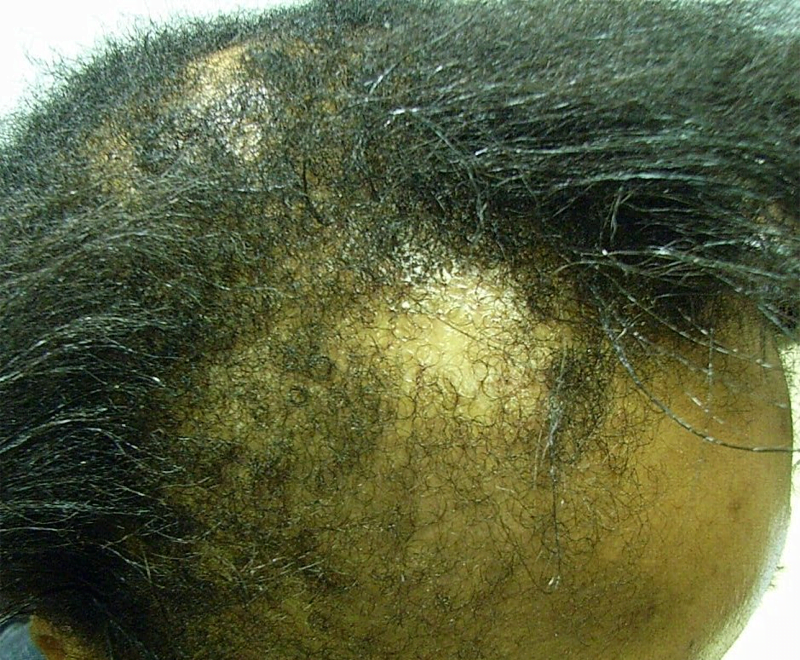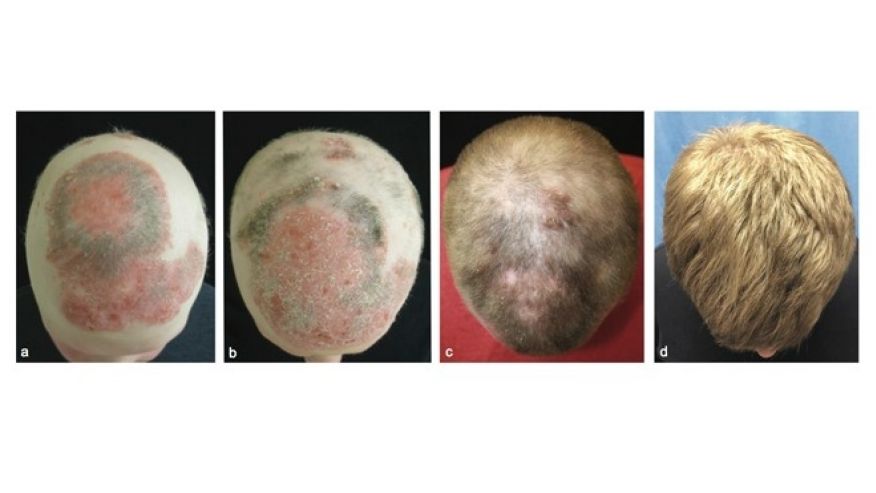A Western diet high in fat and sugar could increase your risk of dying from sepsis, scientists have said.
Researchers came to the conclusion by studying mice and found the link exists irrespective of someone’s gut health and weight.
However, they are yet to discover the specific parts of the unhealthy diet that are to blame, suggesting a high-fat diet like the keto or Atkins diet could also be a risk.
Researchers have suggested hospitals could focus more attention on patients with poor diet to make sure they don’t get sepsis.
At least 46,000 people die every year in the UK as a result of the disease, which is an immune response to infection that leads to organ failure.

The Western diet, typically high in fat and sugar, appears to disturb the immune system, making you more susceptible to sepsis, and a quicker death, a study has shown
During the study, led by Brooke Napier, an assistant biology professor at Portland State University, mice were fed two different diets.
The first was a Western diet (WD), characterised as being low in fibre and high in fat and sugar. The other diet was a standard fibre-rich diet (SC).
Mice eating WD showed an increase in chronic inflammation, sepsis severity and higher mortality rates than mice that were fed a normal diet.
Professor Napier said the findings suggest the mice had more severe sepsis and were dying faster because of something in their diet, not because of the weight gain or bacteria in their gut.
The study said ‘the diet may be directly regulating the innate immune system through an unknown mechanism’.
Professor Napier said: ‘The mice’s immune system on the Western diet looked and functioned differently. It looks like the diet is manipulating immune cell function so that you’re more susceptible to sepsis, and then when you get sepsis, you die quicker.’
The researchers said the findings could help hospitals monitor the diets of patients in intensive care as they are more vulnerable to sepsis.
‘If you know that a diet high in fat and sugar correlates with increased susceptibility to sepsis and increased mortality, when those patients are in the Intensive Care Unit, you can make sure they’re eating the right fats and the right ratio of fats,’ Professor Napier added.
‘If you could introduce a dietary intervention while they’re in the ICU to decrease their chances of manipulating their immune system in that way, you can somehow influence the outcome.’
The research, published in Proceedings of the National Academy of Sciences, could help to predict which patients are at high risk for severe sepsis or who may need more aggressive treatment.
‘We can look at their blood and say, “We need to treat them more aggressively than the person next door who doesn’t have chronic inflammation and doesn’t have these cell populations in their blood”,’ Professor Napier said.
The team are now looking at whether the risks are due to specific fats in the diet.
‘If it’s the fats in the diet that are doing the reprogramming, then it’ll be applicable to any diet that’s high-fat like the ketogenic diet or any sort of Atkins-related diet,’ Professor Napier said.
Five people are killed by sepsis every hour in the UK, and one in four patients will suffer permanent life changing effects.
Severe sepsis strikes more than a million Americans every year, and 15 to 30 per cent of those people die.
Causes of sepsis are already known to be as a result of an injury or minor infection, and people at most risk are those with a medical condition or receiving medical treatment that weakens their immune system, those already in hospital and the young and elderly.
WHAT IS SEPSIS?
[“source=dailymail”]























